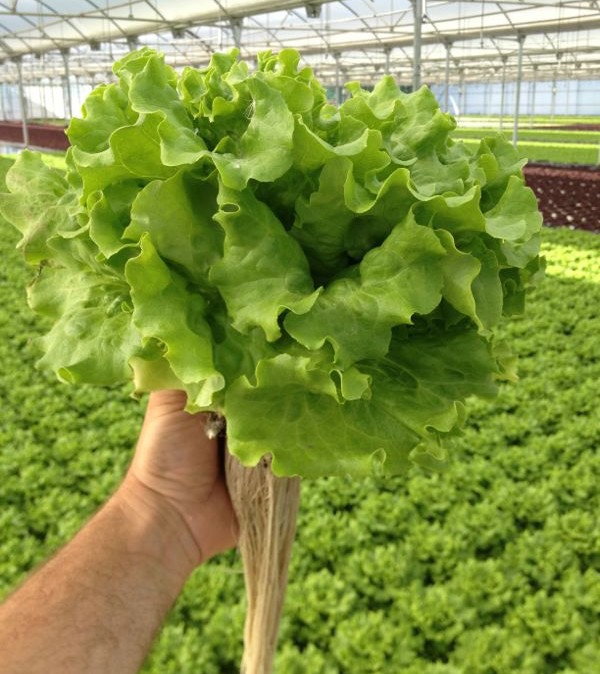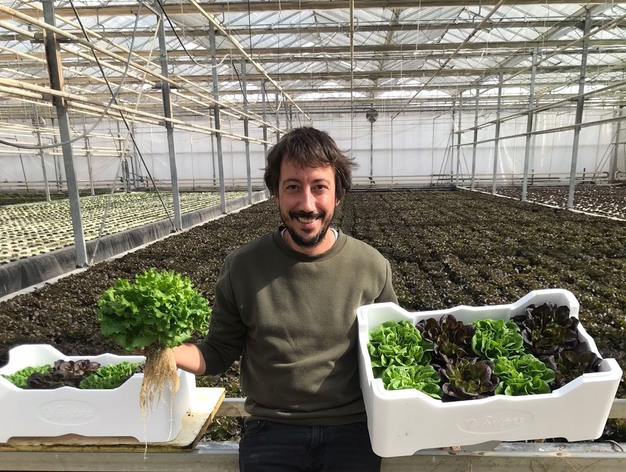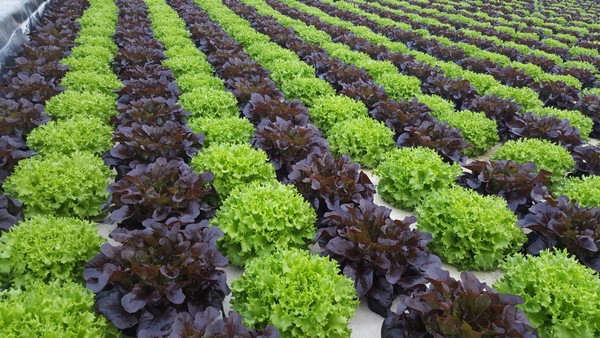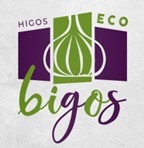Among the many advantages provided by hydroponics (with the main one being the optimization of all the resources used in agriculture, from the acreage needed for the crops to the use of water), the fact that it makes it possible to grow products with unique characteristics, such as live lettuce, is outstanding.
"Live lettuces are called that because they are sold with the root, which allows them to have a longer shelf life than conventional lettuces. By retaining moisture in the roots, live lettuces can be kept in perfect condition for up to 2-3 weeks. They allow you to have a freshly-picked product at all times," says Carlos Menchaca, from Endinava. "This helps prevent discards and food waste, compared to conventional or fresh-cut lettuce."
In fact, this was one of the main factors that led this family company, an endive production specialist with more than 40 years of experience in the agricultural sector, to become involved in the production of live lettuces, aiming to provide its customers with quality products and innovative, sustainable and environmentally friendly solutions, says the export manager of the Navarrese company.

Carlos Menchaca.
"We market our live lettuce in two different formats, depending on the end customer. For retailers, we pack them in individual conical bags, and for the food service channel we pack them in patented boxes designed by us exclusively for this product. These boxes have holes strategically placed in the base to hold the lettuces, which are filled with water, so that only the roots remain inside and can stay hydrated while avoiding any damage or rotting of the leaves."
"This format, which allows the product to have a really long shelf life, has turned the food service channel into one of our main buyers. Makro, for example, is one of our biggest customers," says Carlos. "However, during the pandemic, when the catering sector closed down, we saw the sales of our live lettuces increase in traditional greengrocers, and these remain stable. At least in northern Spain, many consumers increasingly prefer to buy at neighborhood greengrocers, which are specializing in quality products, and where the greengrocer gives a personalized treatment to customers and handles the products with care."
Endinava markets 4 varieties of live lettuce under its Vivita brand: Oak Leaf, Batavia and Lollo in different colors and its most outstanding product: Trocadero lettuce. Its production last year amounted to 800,000 units. "All our lettuces are environmentally-friendly. Since they are grown hydroponically, we save a considerable amount of water in their production and avoid polluting the soil and aquifers with nitrates," says Carlos.
New at Endinava: organic figs
Endinava's exclusive portfolio includes a new addition: organic figs.

"With this product, considered a superfruit and widely consumed by the Arab community, we have been focused on exports and aim to reach markets in France, Germany and the Netherlands. Last year we obtained the first harvest from our plantations. It was a small volume, but in one or two years, as the trees become fully productive, we expect to exceed 180,000 kilos."

"Our organic figs are sold under the Bigos brand. They are sorted by size at the time of harvesting and go directly from the tree to their final packaging, to avoid further handling of the fruit."
"The harvest in Ribera del Ebro happens later than in other production areas, such as Andalusia, the Levant or Lleida, so it is a complement for the customers working with Spanish products. The first harvest kicks off in the first week of July and lasts for 3 weeks, and the second harvest starts in the first week of September and goes on for between 6 and 7 weeks."
"At the moment, we are willing to find distributors in Europe that appreciate organic and quality products," says Carlos Menchaca.
 For more information:
For more information:
Carlos Menchaca
Exports Manager
Endinava
Paseo de la Presa s/n
31589 Sartaguda, Navarra, Spain
Tel.: +34 948 667 048
[email protected]
www.endinava.com










